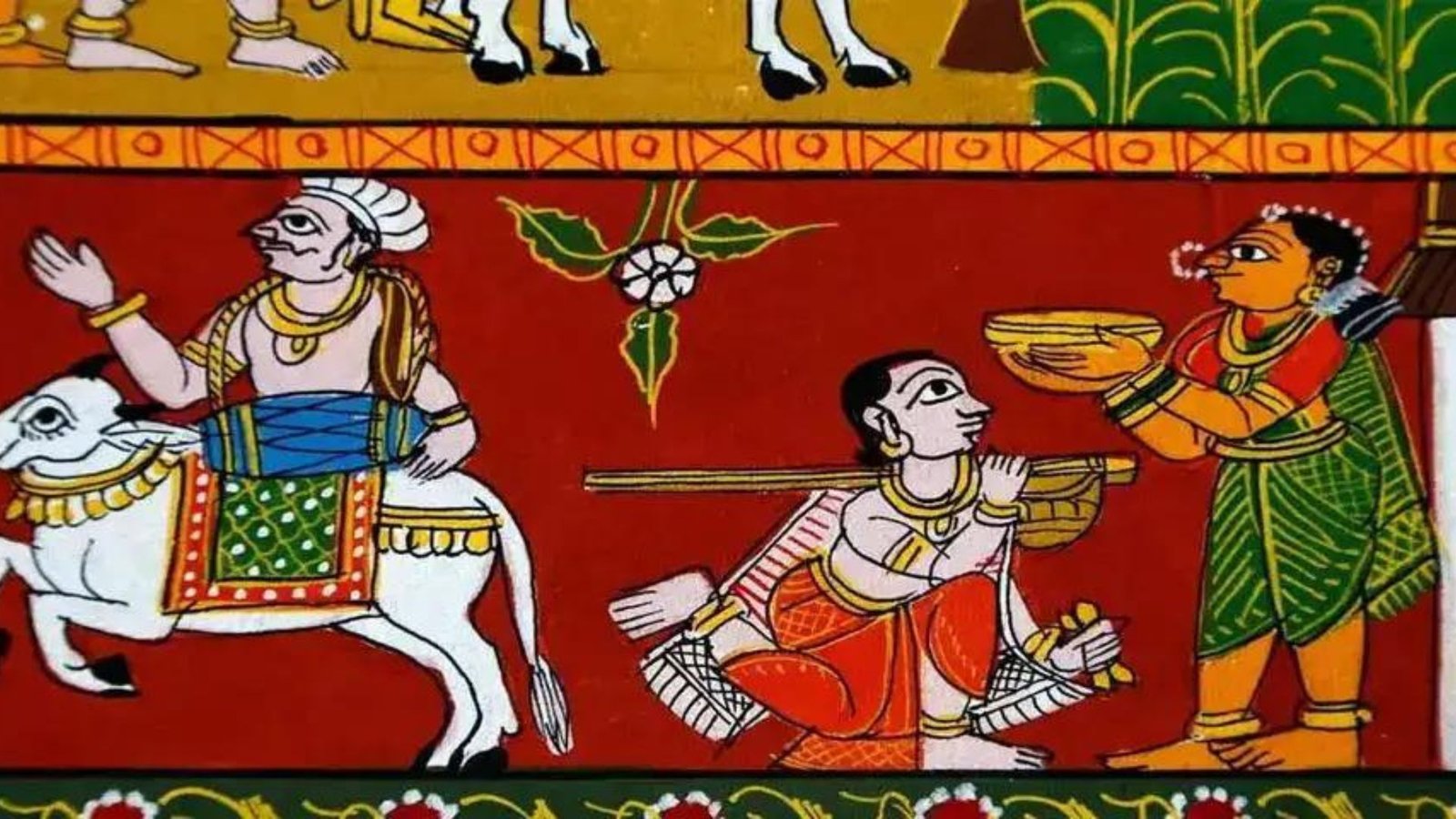Collecting Indian artworks is a rewarding journey into the rich and diverse world of Indian art. From traditional paintings to contemporary sculptures, Indian art offers a unique blend of history, culture, and creativity. Whether you’re an experienced collector or just starting, here are some essential tips to guide you in collecting Indian artwork.
1. Understand the Diverse Styles
Indian art spans various styles, each with its history and significance. When collecting Indian artworks, familiarize yourself with different forms like Madhubani, Warli, Tanjore, and contemporary abstract. Each style has its unique charm and can bring different elements to your collection.

2. Research the Artists
Before purchasing, research the artists behind the works. Collecting Indian artworks involves understanding the artist’s background, their influences, and their position in the art world. Knowing about the artist adds depth to your collection and helps you appreciate the pieces more fully.
3. Verify Authenticity
Ensuring the authenticity of the artwork is crucial. Work with reputable galleries or dealers and ask for certificates of authenticity when collecting Indian artworks. Authentic pieces not only hold value but also respect the tradition and craft behind them.
4. Set a Budget
Determine a budget before you start collecting. Indian artworks can vary greatly in price, so having a clear budget helps you make informed decisions. Whether you’re investing in high-end pieces or affordable artworks, setting a budget is key to managing your collection wisely.
5. Choose Art That Resonates with You
Select artworks that resonate with you. Collecting Indian artworks should be a reflection of your taste and preferences. Whether it’s a vibrant painting or an intricate sculpture, choose pieces that you connect with emotionally and aesthetically.
6. Consider the Art’s Provenance
Provenance refers to the history of ownership of the artwork. When collecting Indian artworks, understanding the provenance helps establish the piece’s value and authenticity. It also provides insight into the artwork’s journey from the artist to your collection.
7. Invest in Quality
Quality should be a priority when collecting Indian artworks. Look for well-crafted pieces with attention to detail. High-quality artworks are more likely to be appreciated over time and can become valuable assets in your collection.
8. Explore Different Mediums
Indian art is created in various mediums including paintings, sculptures, textiles, and more. Collecting Indian artworks offers the opportunity to explore these different forms. Diversifying your collection with various mediums can enhance its overall value and appeal.
9. Attend Art Fairs and Exhibitions
Art fairs and exhibitions are great places to discover new artists and artworks. When collecting artworks, these events offer a chance to see a wide range of pieces and meet artists and dealers. They can also provide insights into current trends and emerging talents.
10. Take Care of Your Collection
Proper care is essential for preserving your collection. Ensure that the artworks are stored and displayed in suitable conditions to prevent damage. Collecting Indian artworks involves maintaining their condition so they continue to be enjoyed and valued.
11. Network with Other Collectors
Joining art communities and networks can provide valuable resources and connections. When collecting artwork, engaging with other collectors and art enthusiasts can offer insights, recommendations, and opportunities to expand your collection.
12. Understand Cultural Significance
Many Indian artworks have deep cultural and historical significance. When collecting artworks, take time to learn about the cultural context and symbolism behind the pieces. This knowledge enhances your appreciation and respect for the art.
13. Consider Art Investment
Art can be a worthwhile investment. Indian artworks with an eye toward potential future value can be rewarding. Research market trends and consult with art advisors to make informed decisions about investing in Indian art.
14. Support Emerging Artists
Supporting emerging artists can be a fulfilling aspect of Indian artworks. Discovering new talent and giving them a platform can enrich your collection and contribute to the art community. Emerging artists often offer fresh perspectives and innovative styles.
15. Document Your Collection
Maintain detailed records of your collection. Collecting Indian artworks involves documenting each piece’s details including artist, provenance, purchase date, and price. This documentation is useful for insurance, valuation, and future reference.
Conclusion
Collecting Indian artworks is an exciting and enriching experience. By understanding different art styles, researching artists, and making informed decisions, you can build a meaningful and valuable collection. Embrace the diversity and depth of Indian art, and enjoy the journey of discovering and acquiring unique pieces that resonate with you.

